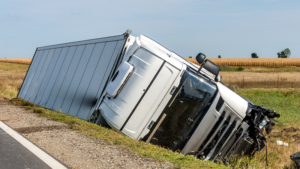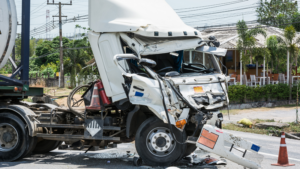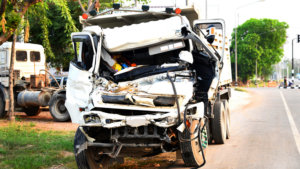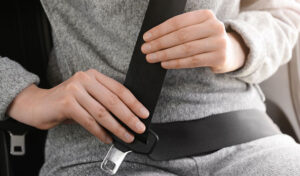All About Insurance Drive Monitoring Apps
Everyone would all love to save money on our insurance, and insurance companies often do try to create incentives for good drivers. In recent years, many insurance companies have introduced
Everyone would all love to save money on our insurance, and insurance companies often do try to create incentives for good drivers. In recent years, many insurance companies have introduced

Being involved in a truck accident is an overwhelming and often traumatic experience. These crashes tend to be far more severe than typical car accidents due to the size and

Truck accidents often lead to serious injuries and complex legal questions. If you or a loved one were hurt in a crash involving a large commercial vehicle, don’t wait; schedule

Truck accidents are among the most devastating crashes on Utah’s roads. When an 18-wheeler or commercial big rig collides with a passenger vehicle, the results can be catastrophic. Victims are

With the prevalence of technological distractions, driving on the road *. If you get into an accident, there’s potential it was caused by one of these distracted drivers. The problem

Who’s Liable After a Truck Crash in Provo? A Legal Breakdown Truck accidents in Provo and all throughout Utah are often complicated. Unlike regular car accidents, these incidents frequently involve

Driving for a living or as a part of a job has been a major part of our society for many years. We have cab drivers, valets, delivery drivers, etc.

Truck accidents are among the most serious and complex types of motor vehicle collisions. Due to the sheer size and weight of commercial trucks, these accidents often result in catastrophic

Sharing the road with large trucks is a part of everyday life in Utah. While most truck drivers are highly skilled professionals, accidents involving these massive vehicles can and do

Cars Before Safety Features In 1885, Karl Benz invented the first automobile. The car had three wheels, resembled a horse-drawn carriage, and was powered by an internal combustion engine. The

Unfortunately, traumatic events, like car accidents and dog bites, happen every day. They can’t be escaped, and since we often have our children with us, they are involved in these

Buying a new car can be a stressful experience, for both experienced and first time buyers. Not only can it be a big expense, but it is a commitment as
UTAH INJURY LAWYERS
Flickinger • Boulton
• Robson • Weeks
PROVO OFFICE
3000 N University Ave
Suite 300
Provo, UT 84604
SOUTH JORDAN OFFICE
10393 S. Temple Dr.
Suite 103
South Jordan, Utah 84095
OFFICE HOURS
Monday- Friday: 8AM-5PM
Saturday-Sunday: Closed
*Disclaimer: the information provided by this website is for informational purposes only and should not be considered legal advice or a substitute for competent legal counsel.
**SMS consent and contact phone numbers will not be shared or sold to third parties or their affiliates for any purpose.
© 2025 All Rights Reserved.